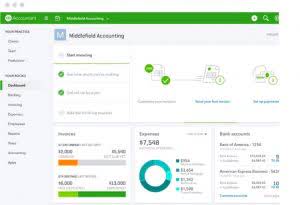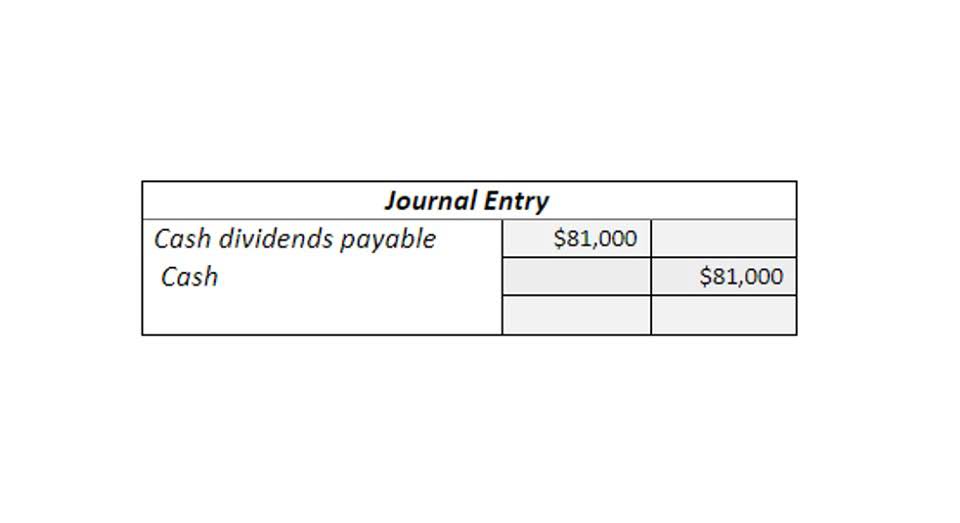
Most nonprofits share these statements to be entirely transparent with their donors; often financial statements for nonprofits using these statements in their annual or impact reports. By sharing what funds they collect and how they’re spent, donors can see how their gifts support the nonprofit’s programs and beneficiaries. From your nonprofit’s statement of financial position, you can derive crucial data like Liquid Unrestricted Net Assets (LUNA) and cash on hand. These figures help you gauge your organization’s current liquidity and the financial ability to meet unexpected expenses or undertake expansion.

Statement of Cash Flow
We have therefore wrapped the paragraph text in a single column in column P and used a formula to display the text in the financial statements based on the text wrapping in this column. If you want to edit any of the data that forms part of a paragraph, you need to edit the data in column P. The section on the FinInfo sheet also contains classes for the Provisions balance sheet item. These classes again contain the same characters as the code for Provisions on the Classes sheet with only the first and last characters being different. The values entered for codes ending in a “C” and a “R” are included in the Charges & Reversals column of the Provisions note. “The balance sheet reports an organization’s assets (what is owned) and liabilities (what is owed).
Why Is a Statement of Financial Position Important?
- In the second example, we assume that the interest received has been included with other income in the trial balance and that the other income account has been linked to the I-0900G reporting class.
- Generally, these assets are listed in order of the amount of time that it would take for them to become liquid assets.
- To decide which basis is right for your organization, learn more about cash basis vs accrual basis accounting in nonprofits.
- Unfortunately this did not work the reports names are still Profit & Loss etc.
- They are also available in PDF and Doc formats, which are easy to use and are lightweight in terms of file size making them easy to store on devices.
- Assets are what your organization owns, liabilities are what it owes, and net assets represent the difference between the two (essentially, your organization’s equity).
After subtracting your nonprofit’s liabilities from assets, you get your net assets. As you list net assets, you must also split them into unrestricted, temporarily restricted, and permanently restricted funds. This article shares what you should include in a nonprofit balance sheet and provides a sample of how to write your own. After reading this article, it’s probably reasonably apparent that maintaining, processing, retaining, and producing non-profit financial statements requires a practical, proven nonprofit software solution.

FREE 15+ Construction Timesheet Samples in PDF MS Word

You can also make changes to the default content and hide any items not applicable to your non-profit organization. If you need to include a different report or if you are setting up non-profit financial statements for a different type of entity which requires a different type of report, you can replace our report with your own. The only items that you may need to change is the number of pages and the financial statements approval date which can be specified on the Setup sheet. The total number of pages is only used to determine the total number of pages that needs to be included in the table of contents on the financial statements.
Key differences between for-profit and nonprofit balance sheets
With Freshbooks, you can generate invoices, auto-billing notices, track time and expenses, and allow easy collaboration. It’s also in the cloud, so an organization doesn’t have to worry about data loss. The balance sheet—also called the Statement of Financial Position—serves as a snapshot, providing the most comprehensive picture of an organization’s financial situation. On your Form 990, the IRS requires you to report your financial information according to different rules than you use for your audited financial statements. Even though you don’t have to pay federal taxes, almost all nonprofit organizations (the few exceptions are listed here) must file an IRS Form 990 each year.
- Or help you understand why your cash increased even as you lost money that quarter (maybe you dipped into your line of credit to make payroll).
- Understanding a balance sheet is not solely for the CFO or accountant; it’s for everyone who cares about the mission.
- The Classes sheet also contains four columns with light blue column headings which include formulas which are used for error checking.
- It describes how effectively your organization is using its resources to fulfill the mission.
- Net assets, otherwise known as equity, is calculated as the difference between what your organization owns (assets) and what it owes (liabilities).
FREE 10+ Verified Statement Samples Bank, Financial, Disclosure

Not-for-profit organizations have a fiduciary responsibility to show their donors what their finances look like at the end of each fiscal year. Also, well-organized financial documents are necessary to understand the health of a nonprofit. This free sample donation letter template for nonprofits comes in MS Word format, ready for you to quickly edit with your details. We’ve crafted this non-profit template to fit any purpose – whether it’s a general donation request or one specific to a particular program or initiative. Easily print out the sample donation request letter or copy the text to an email. This note consists of three items for raw materials, work in progress and finished goods.
This decision makes sense since donors to a scholarship fund are likely concerned solely with financial details from this organization. Operating revenue includes funds from donations, ticket sales, product sales, etc. Operating expenses are your employees’ salaries Coffee Shop Accounting and the amount spent on equipment and supplies. The primary reason for this is this method lets nonprofits record revenue when it’s earned. Nonprofits use the statement of financial position to list their assets, liabilities, and net assets.
- While both balance sheets contain assets and liabilities, nonprofits focus on accountability and transparency to donors, not shareholders.
- Grants, on the other hand, are typically funds provided by foundations, government agencies, or other institutions for specific purposes or projects.
- The nonprofit balance sheet is that part of the financial statements that outlines your nonprofit’s assets and liabilities, which is the realized difference between the entities you own versus the amount owed to creditors.
- The Nonprofit Balance Sheet or Statement of Financial Position reflects the financial stability of the organization.
- In nonprofit entities, the balance sheet is called a Statement of Financial Position.
Many of these statements are similar to what for-profit businesses file, but some significant differences exist. Nonprofit financial statements are similar to the financial statements for-profit businesses file, but there are some key differences to keep in mind. There are four financial statements nonprofits must file every year to remain in compliance with the IRS.
Net Assets
The first and CARES Act most desired financial statement is the Statement of Financial Position. Nonprofits use this statement to share what their organization owns and what it owes. Each of those liabilities has a story to tell about the confidence placed in your nonprofit, the promises it has made, and the strategic investments it has built toward securing its future. These liabilities—as they are integrated into the nonprofit financial structure—form the basis for thoughtful planning and sustained orgnizational impact. If a nonprofit borrows money to build a community center the loan represents a form of long-term liability. Well-managed debt suggests good financial practices, which balance ambition with sustainability.